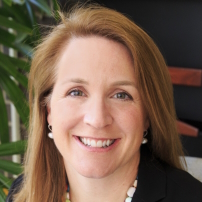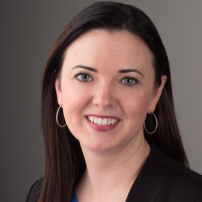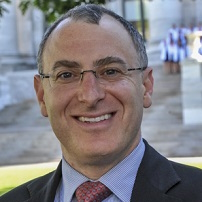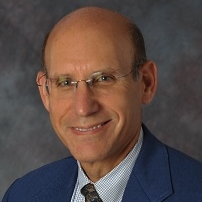Course Directors

K. Meredith Atkins, MD
Assistant Professor of Obstetrics, Gynecology, and Reproductive Biology
Associate Dean for Curriculum
Harvard Medical School
Associate Director, Carl J. Shapiro Institute for Education and Research
Beth Israel Deaconess Medical Center

Margaret Hayes, MD
Associate Professor of Medicine, Harvard Medical School
Director, Medical Intensive Care Unit
Director, External Education, Carl J. Shapiro Institute for Education and Research
Beth Israel Deaconess Medical Center

David H. Roberts, MD
Dean, External Education
Associate Professor of Medicine
Harvard Medical School
Director of International Programs
Carl J. Shapiro Institute for Education and Research
Beth Israel Deaconess Medical Center

Richard Schwartzstein, MD
Ellen and Melvin Gordon Distinguished Professor of Medicine and Medical Education
Harvard Medical School
Vice President for Education
Executive Director, Carl J. Shapiro Institute for Education and Research
Beth Israel Deaconess Medical Center
Harvard Medical School
K. Meredith Atkins, MD, Assistant Professor of Obstetrics, Gynecology, and Reproductive Biology
Stephanie Cabral, MD, Research Fellow in Medicine
Huma Farid, MD, Assistant Professor of Obstetrics, Gynecology and Reproductive Biology
Laurie Fishman, MD, Associate Professor of Pediatrics
Sarah Fleet, MD, Assistant Professor of Pediatrics
Jason Freed, MD, Assistant Professor of Medicine
Margaret Hayes, MD, Associate Professor of Medicine
Carol Hughes, Operations Director, BIDMC, Shapiro Institute
Ted James, MD, Associate Professor of Surgery
Ryan Nelson, MD, Assistant Professor of Medicine
Kerri Palamara McGrath, MD, Assistant Professor of Medicine
David H. Roberts, MD, Associate Professor of Medicine
Adam Rodman, MD, Assistant Professor of Medicine
Richard Schwartzstein, MD, Professor of Medicine
C. Christopher Smith, MD, Associate Professor of Medicine
Carrie Tibbles, MD, Assistant Professor of Emergency Medicine
Guest Faculty
Quinn Capers IV, MD, FACC, FSCAI, Professor and Chair, Department of Medicine, Howard University College of Medicine
Verity Schaye, MD, MHPE, Associate Professor, Department of Medicine, NYU Grossman School of Medicine
Morgan Soffler, MD, Assistant Professor of Medicine, New York Medical College; Associate Program Director, Sleep Fellowship, Westchester Medical Center

